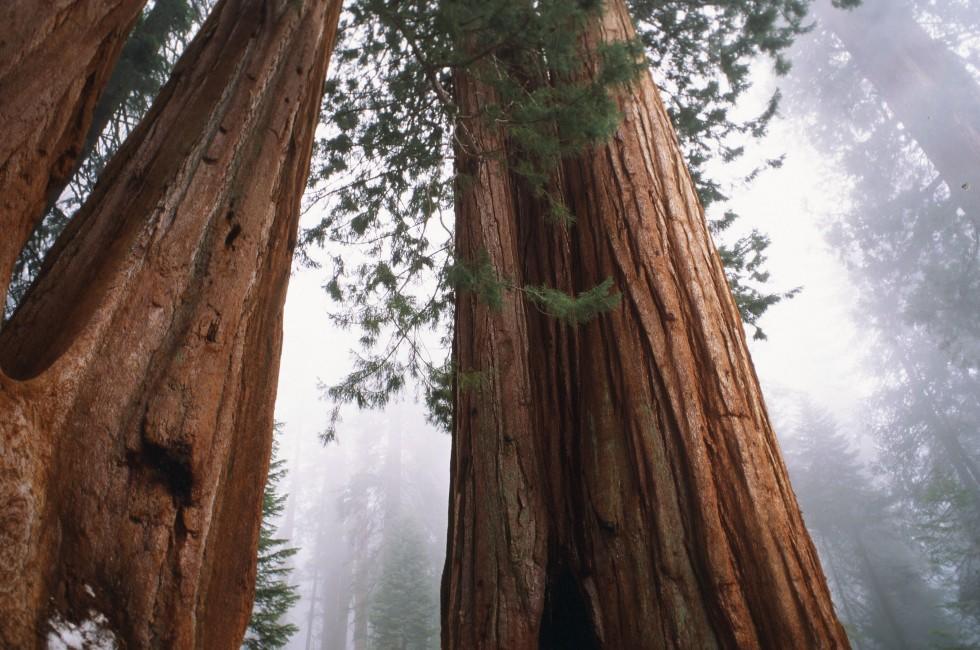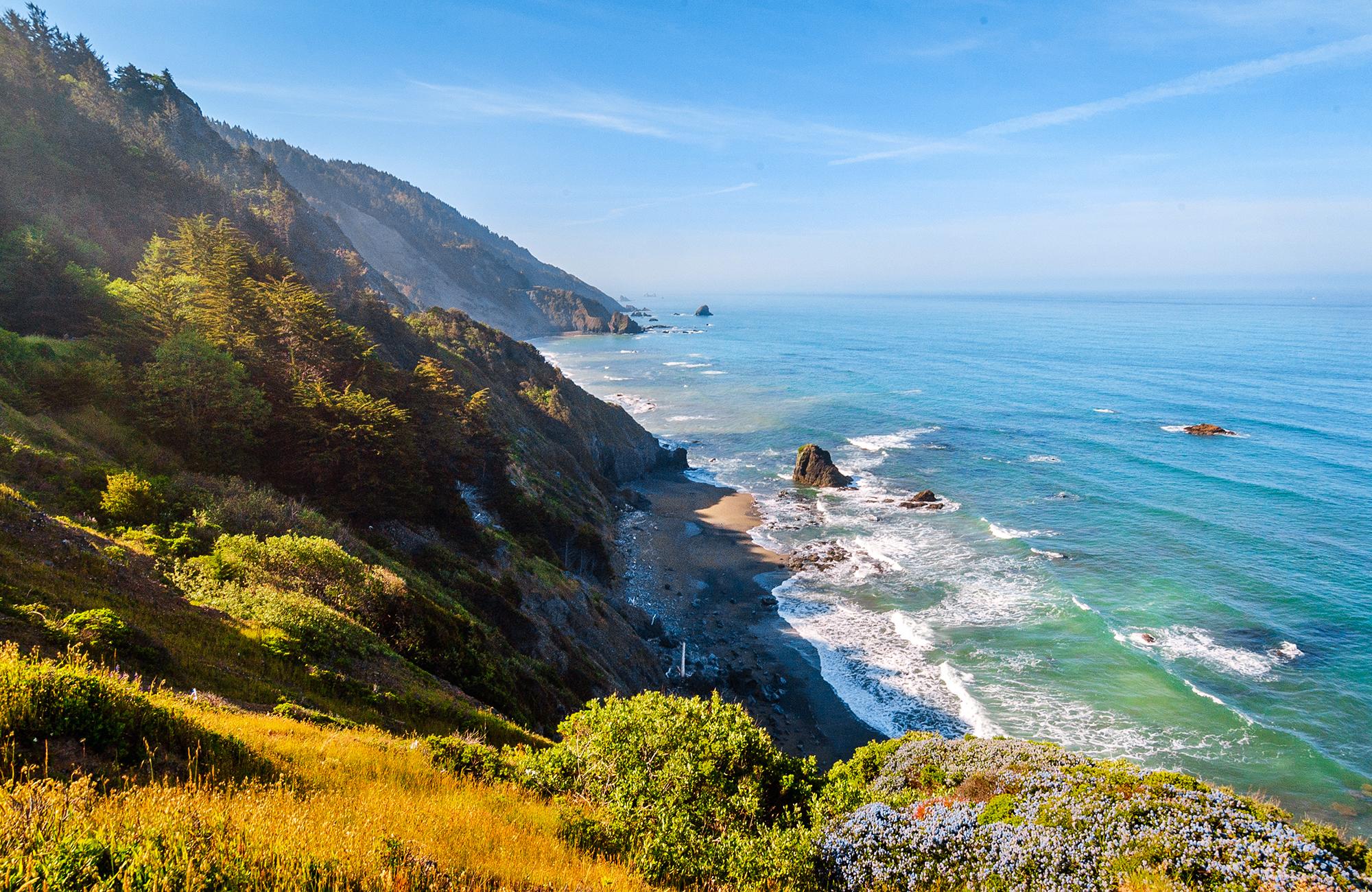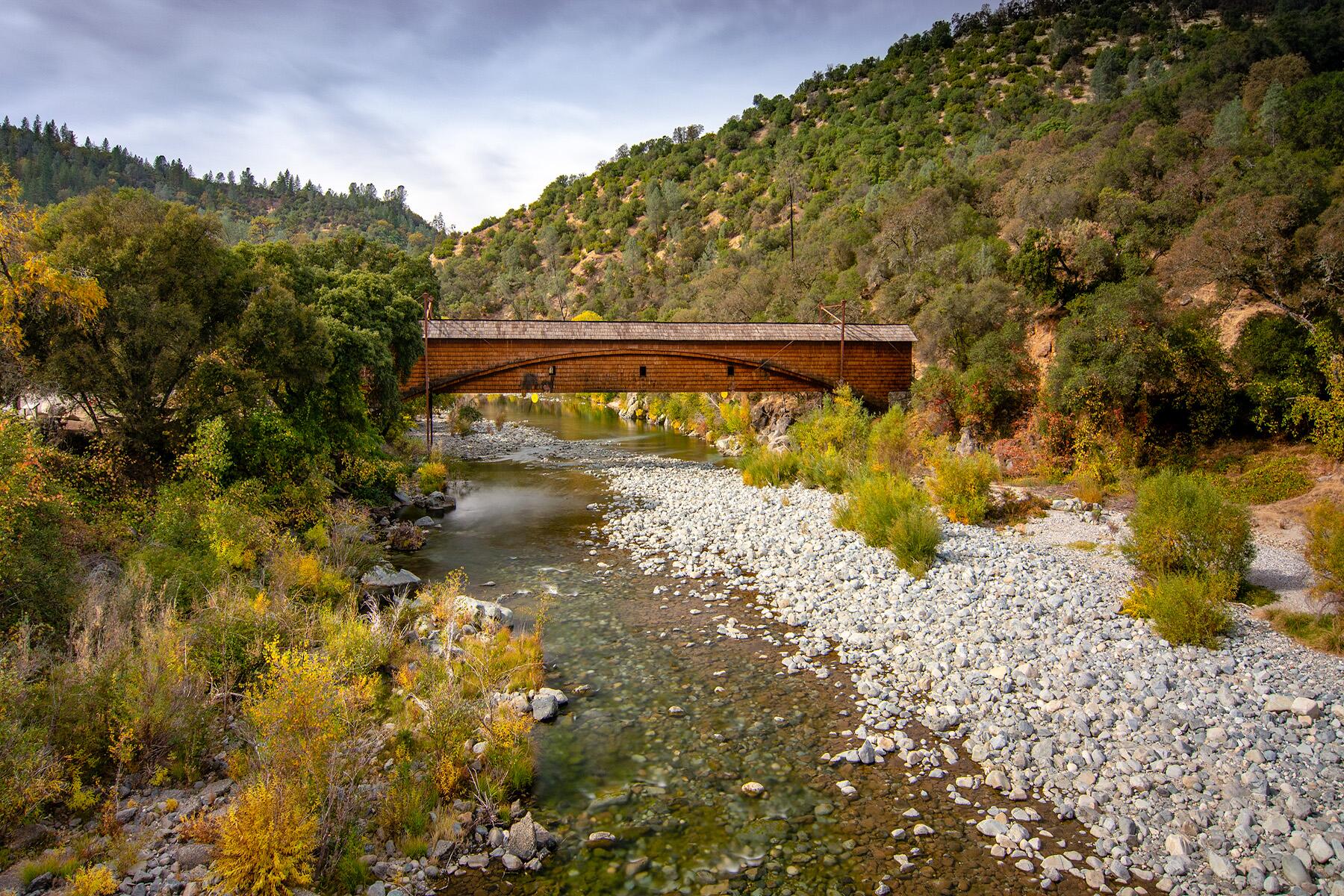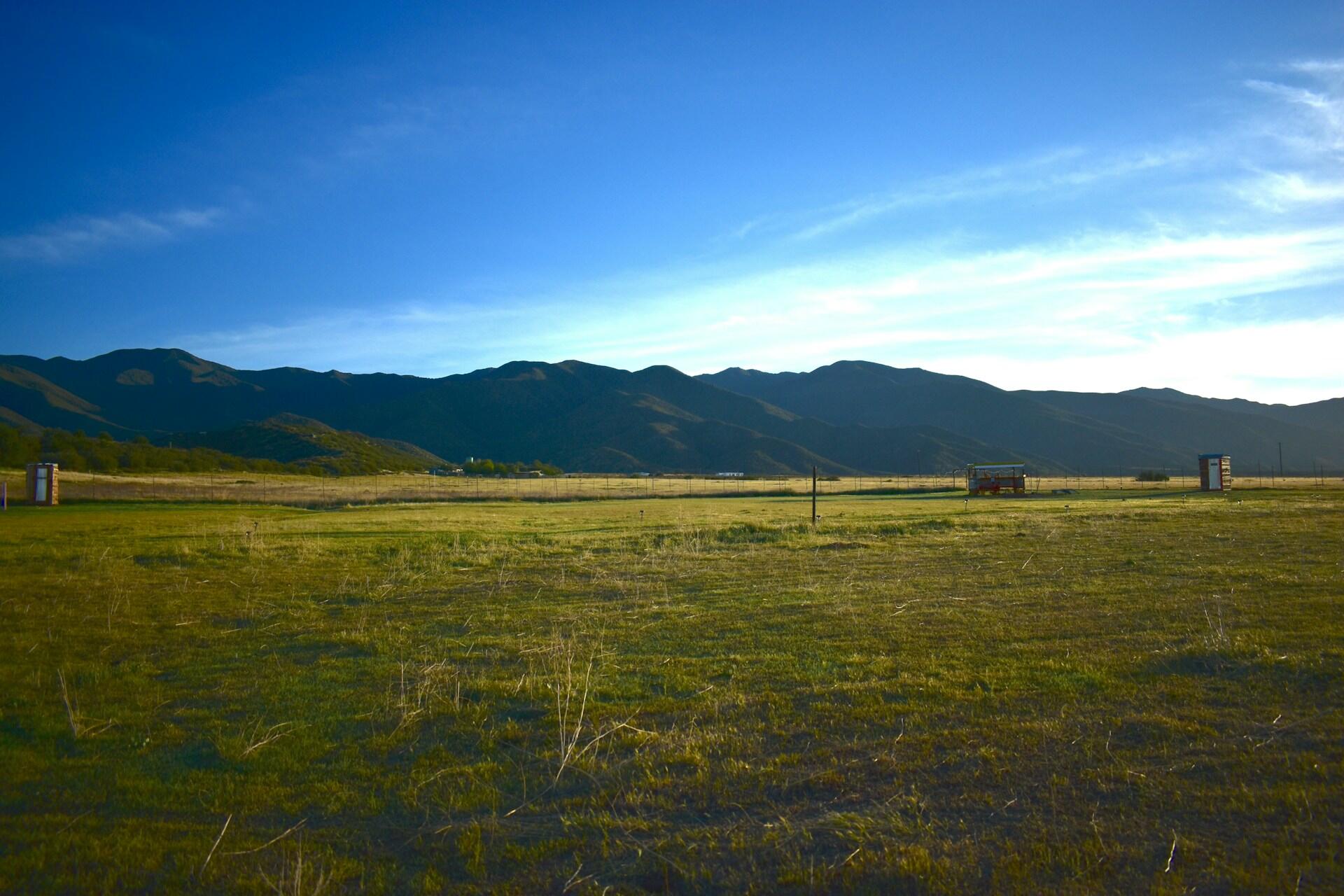Redwood National Park
Redwood National Park
Soaring more than 375 feet high, California's coastal redwoods are miracles of efficiency—some have survived hundreds of years, a few more than two millennia.
These massive trees glean nutrients from the rich alluvial flats at their feet and from the moisture and nitrogen trapped in their uneven canopy. Their thick bark can hold thousands of gallons of water, which has helped them withstand centuries of fires.
Redwood differs from other national parks, in that it's administered by a joint partnership between the National Park Service and the California Department of Parks and Recreation. This sprawling 139,000-acre park system has a footprint that extends nearly 50 miles up the coast, encompasses three state parks, and snakes in and around a handful of towns and small citie...
Read MoreSoaring more than 375 feet high, California's coastal redwoods are miracles of efficiency—some have survived hundreds of years, a few more than two millennia.
These massive trees glean nutrients from the rich alluvial flats at their feet and from the moisture and nitrogen trapped in their uneven canopy. Their thick bark can hold thousands of gallons of water, which has helped them withstand centuries of fires.
Redwood differs from other national parks, in that it's administered by a joint partnership between the National Park Service and the California Department of Parks and Recreation. This sprawling 139,000-acre park system has a footprint that extends nearly 50 miles up the coast, encompasses three state parks, and snakes in and around a handful of towns and small cities, including Orick, Klamath, and Crescent City.
Indigenous people have been stewards of this special ecosystem for millennia—hunting, fishing, and foraging the land early on, and in more recent centuries harvesting timber from downed redwoods to build homes. Despite the cruel efforts of gold prospectors and loggers who in the 1850s arrived and swiftly began trying to eradicate them, the region's native communities survived and continue to this day to thrive here. Both the Yurok and Tolowa tribes have large land holdings within the borders of the Redwood National and State Parks (RNSP) system.
Northern California's gold rush immediately transformed the natural landscape. Large-scale logging, aided by rapid technological advances, reduced the region's 2 million acres of old-growth redwoods by nearly 90% in a little over a century—only about 5% of the old-growth forest remains today. Fortunately, by the 1910s, a small but determined conservation-minded minority began lobbying to protect these special trees, beginning with the formation of the Save-the-Redwoods League, whose efforts helped to establish Del Norte Coast Redwoods and Prairie Creek Redwoods state parks in 1925, and Jedediah Smith Redwoods State Park in 1939 (these successes came on the heels of the 1921 designation of Humboldt Redwoods State Park, which is about 30 miles southeast of Eureka and not part of RNSP). A huge demand for lumber, particularly following World War II, continued to deplete the unprotected tracts of forest, which led the federal government to establish Redwood National Park in 1968. Finally, in 1994, federal and state agencies officially joined forces to manage the newly designated Redwood National and State Parks, whose mission is both to preserve uncut old-growth redwood forest and to restore and replant some significant sections that have already been logged.
The easiest way to approach exploring the rather vast and complex RNSP system is to divide it geographically into North, Middle, and South sections, each of which contains at least one visitor center. Crescent City is in the North, as are two of the three state parks—Jedediah Smith Redwoods and Del Norte Coast Redwoods. The town of Klamath is in the Middle section, as is Prairie Creek Redwoods State Park. And the village of Orick is in the South, which also contains much of the original national park, although you'll find other sections of it in the Middle and North sections, too. Additionally, there are four coastal parks just south of RNSP: Humboldt Lagoons State Park, Harry A. Merlo State Recreation Area, Big Lagoon Beach and County Park, and Patrick's Point State Park. U.S. 101 is the main north–south route through the park, but the northern section is also bisected by a short stretch of U.S. 199 east of Crescent City.
Some park attractions, scenic drives, and trails are in the national park, and others are in state parks, but as you explore, it's difficult—and not particularly important—to know which section you're in. Just adhere to the excellent map in the free park brochure and visitor guide newspaper, and you'll easily figure out where you're going and how to get around this magnificent preserve that aims to protect one of the world's oldest and largest living things.








